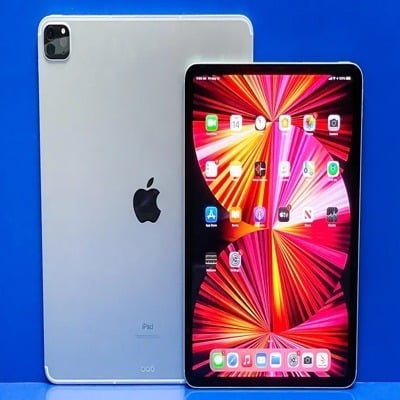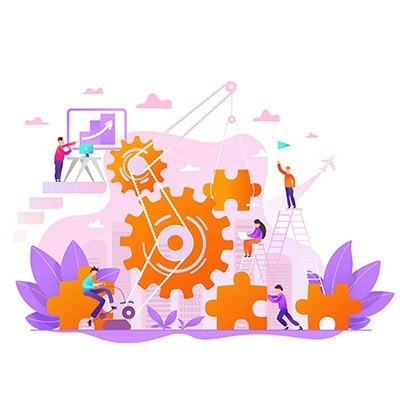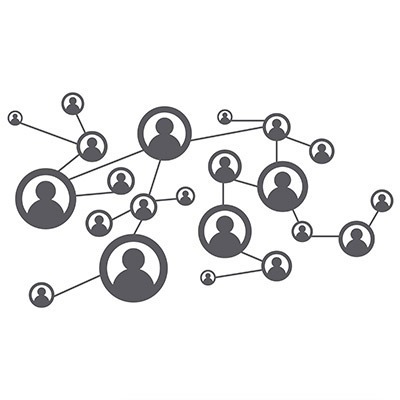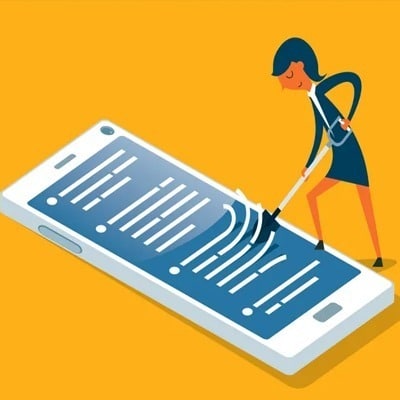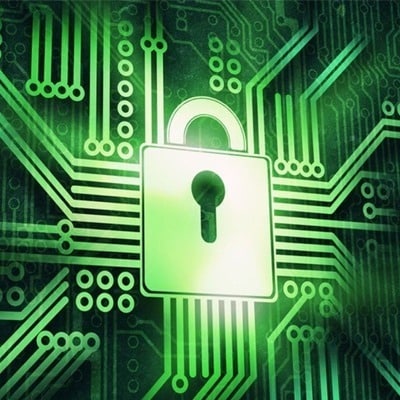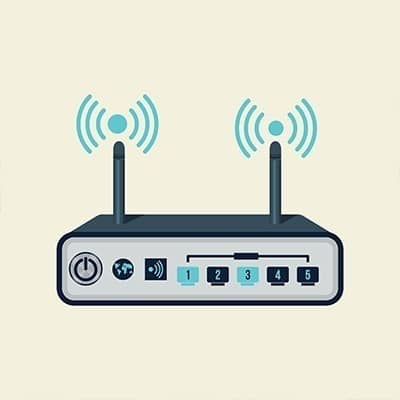According to a recent Bloomberg report, Apple is working on the new iPad Pro featuring wireless charging. To enable the technology, Apple is reported to be switching to a glass back for the future models, instead of the metal used on all prior iPad backs. Apple is developing a magnetic charging mechanism for the next iPad Pro, similar to the MagSafe connector launched with the iPhone 12 series of phones last year. According to the source, Apple’s next iPad may incorporate reverse wireless charging. It would allow the iPad to function as a wireless power hotspot in and of itself. Apple officially revealed the new M1 iPad Pro with a Mini LED display. The wireless charging option isn’t likely to be ready until next year. According to Bloomberg, in 2021, Apple will release a redesigned iPad Mini with fewer screen bezels. It’s unclear if it’ll utilize Face ID like the iPad Pro or Touch ID on the power button like the iPad Air. Bloomberg just states that “the removal of its home button has also been attempted.” Apple is likely to release a thinner version of the 10.2-inch iPad with the new iPad Mini. Both items are expected to arrive before the end of the year.
For numerous reasons, collaboration software has seen widespread adoption—and despite many workers transitioning back to office operations, this software has proven to hold its value. Let’s explore the features that collaboration software can provide to you and your business.
If the epidemic taught us anything, it’s that working from home is now acceptable. Many employees are enthusiastic about it, and CEOs are also advocating for a remote working environment. The proposal has piqued the interest of whole corporations: According to a McKinsey research of 100 executives from various regions and sectors, nine out of ten organizations planned to blend remote hybrid and on-site work schedules. Despite this, there is still considerable opposition.
Many businesses rely on the concept of a shared network, where all computers have access to centralized folders and drives so documents can be accessed by everyone. While it is likely that your IT department has already taken care of the nitty-gritty details of this, we thought it might be helpful to put together a short guide on how you can map a network on your personal device on the off-chance you want to set up a shared network for your own personal reasons.
If you’re reading this, your personal information is probably public knowledge. And by “public,” I mean anybody and everyone anywhere. The beginning of a new year is an excellent opportunity to get your online privacy ducks in order and effectively “remove” oneself from the internet. But how does removing oneself from the internet prevent firms from obtaining your personal information? The short answer is no.
If you’ve been following the news recently, you’ve almost likely heard about cybersecurity issues impacting a few of the world’s most important organizations. While cyberattacks may appear to be an issue just for major enterprises — and they are — they affect companies of all sizes & sectors.
You can’t always plan for data security, especially if your business doesn’t have professionals on-hand who know the security ins and outs of your industry. The usual methods, like passwords, firewalls, antivirus, and so on, may work for a while, but they are far from the end-all-be-all for network security. What are you doing for the physical security of your business?
Laptops are amazing for portability and getting work done, but the one-screen situation makes things much more difficult than if you were at the office with more than one monitor. Here are some reasons why having an additional display can be helpful, as well as some instructions for how to hook one up.
Your Internet connection is one of the most important parts of your information systems, but you might find yourself limited by the hardware provided by your Internet service provider (ISP). This could come in the form of a modem-router combination, which prompts the question of whether or not you really need to use what they provide.
Moore’s law has been prophetic, but nothing lasts forever. When Gordon Moore predicted that transistors inside of a dense integrated circuit would double every 18 months in 1965, it seemed like a very aggressive prediction. 57 years later, it has come to pass, with computing speeds doubling every year and a half. Now, it seems like the tried and true prediction is coming to a close, so we thought we’d look at how technology will continue growing when Moore’s law actually becomes obsolete.

